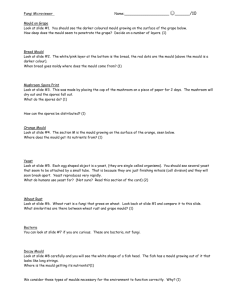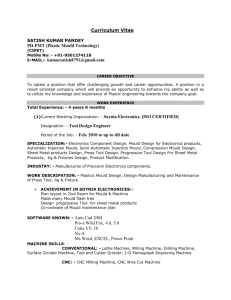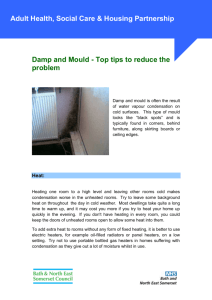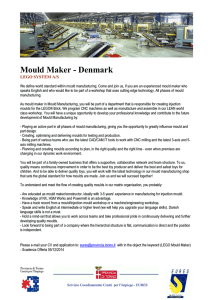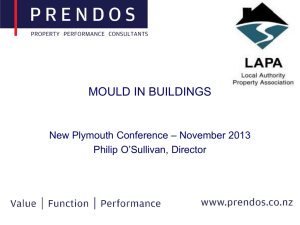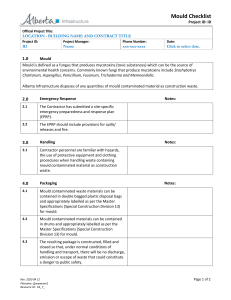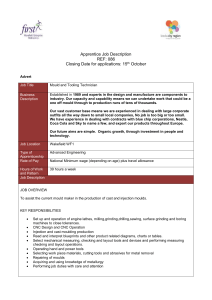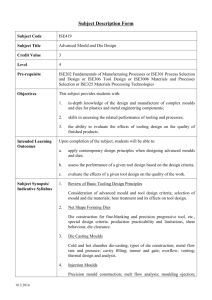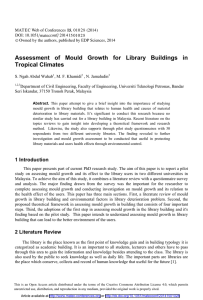File - Mr. Chan's Science Class
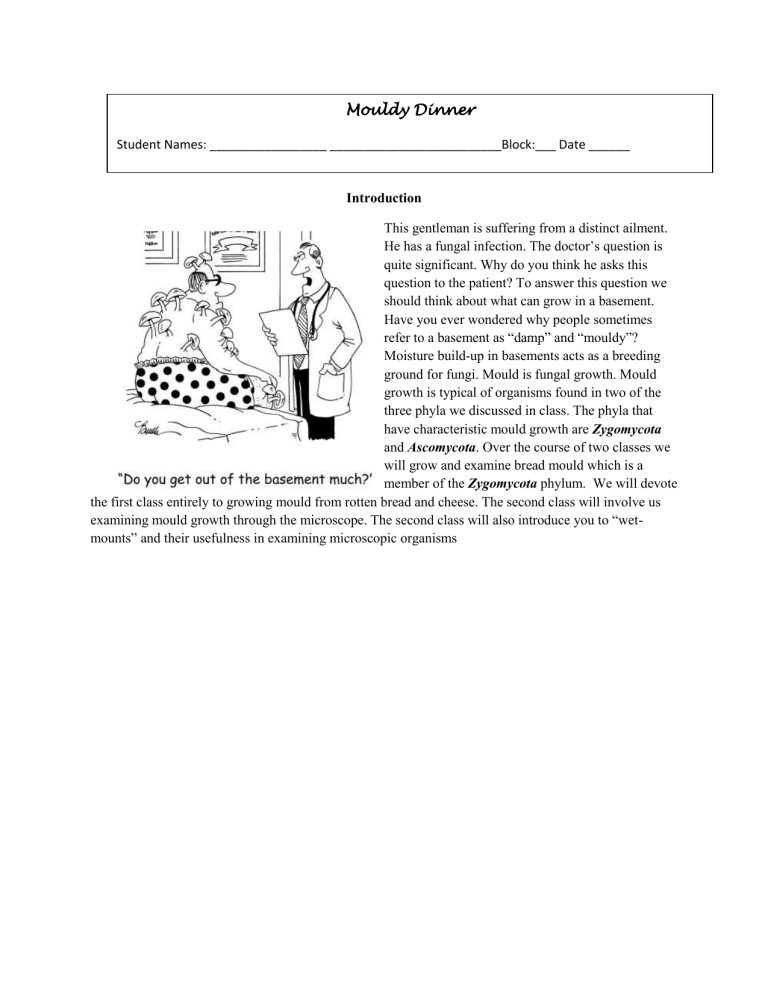
Mouldy Dinner
Student Names: _________________ _________________________Block:___ Date ______
Introduction
This gentleman is suffering from a distinct ailment.
He has a fungal infection. The doctor’s question is quite significant. Why do you think he asks this question to the patient? To answer this question we should think about what can grow in a basement.
Have you ever wondered why people sometimes refer to a basement as “damp” and “mouldy”?
Moisture build-up in basements acts as a breeding ground for fungi. Mould is fungal growth. Mould growth is typical of organisms found in two of the three phyla we discussed in class. The phyla that have characteristic mould growth are Zygomycota and Ascomycota . Over the course of two classes we will grow and examine bread mould which is a member of the Zygomycota phylum. We will devote the first class entirely to growing mould from rotten bread and cheese. The second class will involve us examining mould growth through the microscope. The second class will also introduce you to “wetmounts” and their usefulness in examining microscopic organisms
Mouldy Dinner: Part 1
Student Names: _________________ _________________________Block:___ Date ______
Introduction
Fungi can grow everywhere, but certain conditions improve the dispersal of the organism. Think about these questions when you are performing the lab. In this lab we will be dealing with bread mould and cheese mould. Both these moulds are from the Zygomycota Phylum. Your lab groups have already been assigned. Ask your instructor for your group placement.
Consider the following questions while you are performing your lab.
Does fungi grow better in cold or warm environments?
Does fungi grow better in gelatin or Jello? Why?
Purpose: To examine Zygomycota fungal growth in different temperature and media
Materials
Q-Tips
Gelatin plate
Orange Jell-O plate
Aluminum Foil
Plastic Wrap
Mould from bread/cheese
Procedure
1.
Half of the class will be doing warm, while the other half will be doing cold.
2.
Once you have been split into the right groups, you will then be in a group of 4 to transfer bread mold onto both Jell-O and Gelatin plates.
3.
Go to the front of the class to get the mold from the English muffin.
4.
Using a Q-tip scrape some mould from the bread/cheese and lightly apply it to the top of the gelatin/Jello.
5.
Cover the cups with plastic wrap and then with aluminum foil
6.
Label the bottom of the plate with your names and block.
7.
Place the “Warm” cups in the greenhouse
8.
Give the “Cold cups to your instructor at the front of the class
Questions
1) a) How might gelatin be different from Jello?
______________________________________________________________________________
______________________________________________________________________________ b) Why would this make a difference?
______________________________________________________________________________
______________________________________________________________________________
2) a) What do you predict will happen to fungi growth in the warm cups when compared to the cold cups?
______________________________________________________________________________
______________________________________________________________________________ b) Defend your answer
______________________________________________________________________________
______________________________________________________________________________
3) What would happen if we didn’t cover the cups with aluminum foil?
_________________________________________________________________________________
_________________________________________________________________________________
Mouldy Dinner: Part 2
Student Names: _________________ _________________________Block:___ Date ______
Introduction: Biological drawings help scientists to better visualize the microscope specimen. Today in class you will learn how to create a wet mount for the purposes of making a biological drawing. In groups of 2-3 you will examine the mould specimen you created in Part 1 of the lab. You will then draw a diagram of the mould as seen in the microscope. You will also learn critical microscope safety procedures.
Purpose: a) Learn to create a wet mount b) Create a biological drawing
Materials
Glass slide
Glass cover slip
Mould specimen from Part 1
Water Dropper
Paper towels
Q-tips
Procedure
1) Using a clean Q-tip, take some mould from ONE of your cups and place it on a slide
2) Carefully place a few drops of water on the mould so that it is covering the specimen
3) Place the counter slip at an angle and carefully touch ONE side to the water
4) Gently lower the cover slip
5) Start at the 4X objective lens and try to bring the specimen into focus. Use the coarse adjustment knob to bring the picture into focus. If you cannot see any hypha, consider changing to a higher objective.
BE CAREFUL TO BRING THE MICROSCOPE STAGE DOWN BEFORE CONTINUING
TO A HIGHER OBJECTIVE.
6) Sketch what you see below
Observations
Questions
1) Give definitions in your own words a) What is hyphae?
______________________________________________________________________________
______________________________________________________________________________ b) What are spores?
______________________________________________________________________________
______________________________________________________________________________
2) Were you able to see any hyphae or spores? If not, why?
_________________________________________________________________________________
_________________________________________________________________________________
3) Propose one change to the lab and/or the materials used to make it easier to view spores in the future.
_________________________________________________________________________________
_________________________________________________________________________________
4) Compare the two plates, was there more growth on the gelatin or the Jell-O? Is there more growth on the warm plates or the cold plates?
_________________________________________________________________________________
_________________________________________________________________________________
_________________________________________________________________________________
_________________________________________________________________________________
